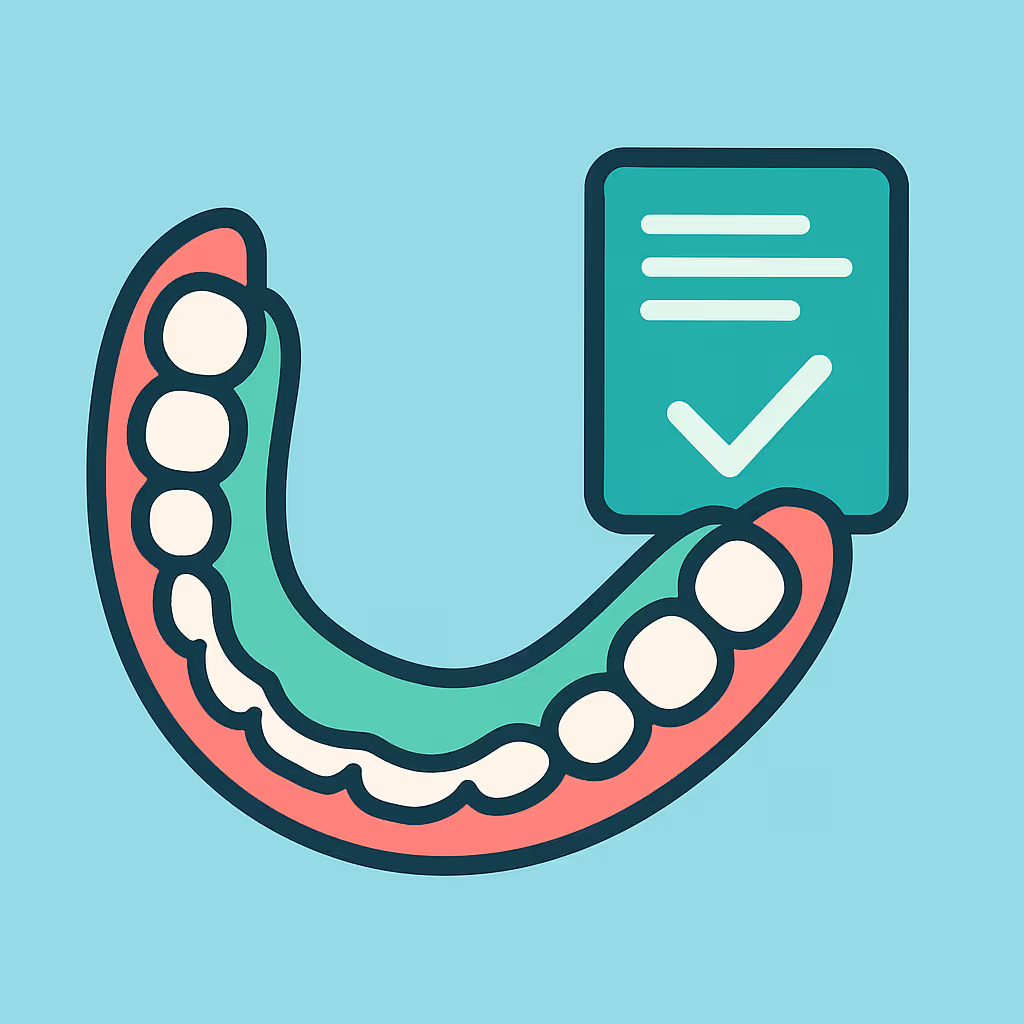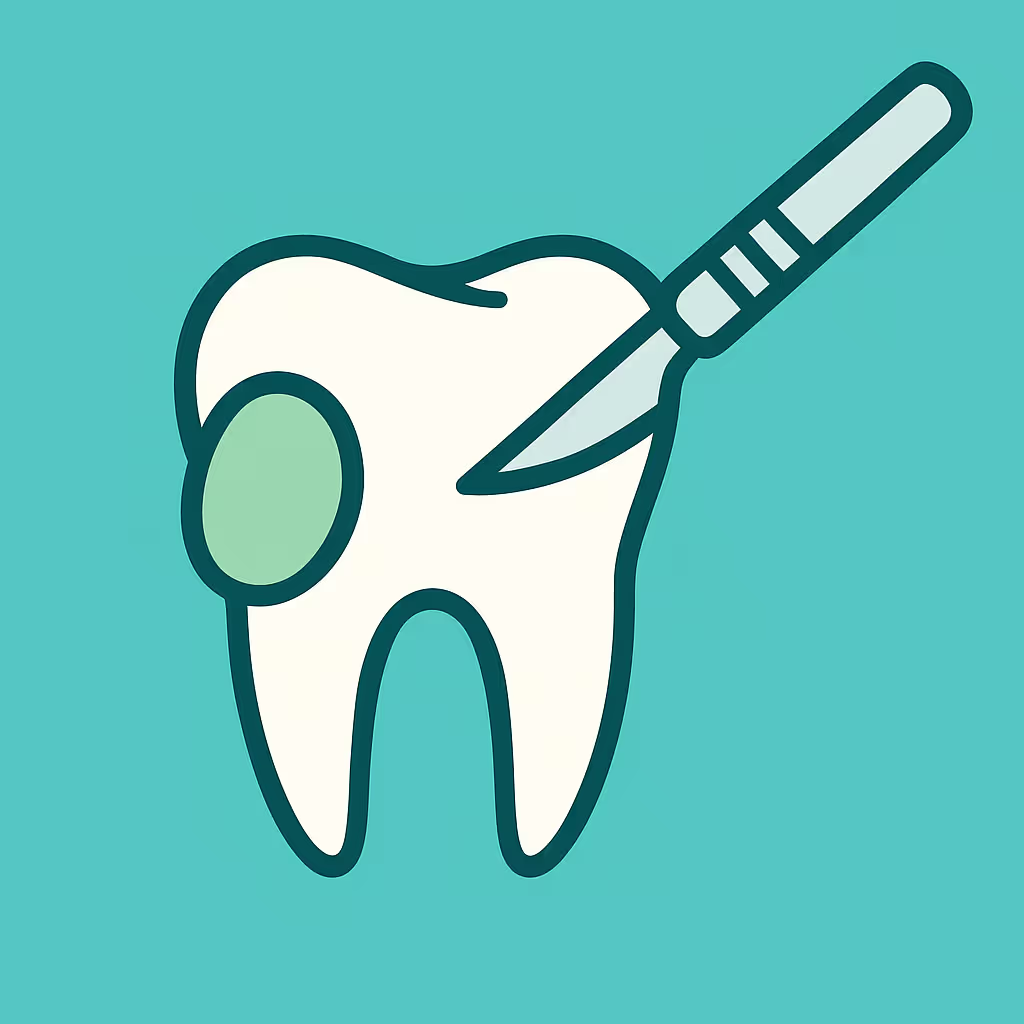Understanding Dental Code D5955
When to Use D5955 dental code
The D5955 dental code is designated for a palatal lift prosthesis, definitive. This CDT code should be used when a patient requires a custom-made prosthesis that elevates the soft palate to improve speech or swallowing function, typically due to velopharyngeal incompetence. Common clinical indications include neurological disorders such as stroke, traumatic brain injury, or conditions like cleft palate. It is essential to confirm that the prosthesis is not a temporary device; D5955 applies only to definitive, long-term appliances.
Documentation and Clinical Scenarios
Accurate documentation is critical when billing for D5955. The patient’s chart should clearly outline the medical necessity for the palatal lift prosthesis, including:
- Diagnosis and relevant medical history (e.g., neuromuscular disorder affecting palatal function)
- Clinical notes detailing speech, swallowing, or airway issues
- Assessment of prior treatments and why a definitive prosthesis is indicated
- Detailed description of the prosthesis design and materials used
- Pre- and post-treatment evaluations, such as speech assessments
Common clinical scenarios include patients with post-surgical complications, progressive neurological diseases, or congenital conditions. Always ensure that your documentation supports the medical necessity and specificity required by payers.
Insurance Billing Tips
Billing for D5955 can be complex due to the intersection of dental and medical necessity. Here are actionable steps to maximize claim acceptance:
- Insurance Verification: Before treatment, verify coverage with both dental and medical insurers, as some plans may consider this a medical device.
- Preauthorization: Submit a detailed preauthorization request with supporting documentation, including diagnosis codes (ICD-10), clinical notes, and a letter of medical necessity.
- Claim Submission: Clearly indicate D5955 on the claim form, attach all supporting documents, and specify whether the claim is for dental or medical benefits.
- Explanation of Benefits (EOB) Review: Carefully review the EOB for denials or requests for additional information. If denied, use the payer’s appeal process and provide any missing documentation.
- Accounts Receivable (AR) Follow-Up: Track outstanding claims and follow up promptly to resolve any issues, reducing delays in reimbursement.
For related prosthetic codes, such as for interim palatal lift prosthesis, ensure you use the correct code to avoid claim denials.
Example Case for D5955
Case: A 62-year-old patient with Parkinson’s disease experiences severe hypernasal speech and swallowing difficulties. After failed attempts with speech therapy and temporary appliances, the dental team determines a definitive palatal lift prosthesis is medically necessary. The provider documents the patient’s history, clinical findings, and rationale for the prosthesis. A preauthorization is submitted to both dental and medical insurers, including a letter of medical necessity and supporting clinical notes. The claim is approved, and the practice receives timely reimbursement after submitting the final documentation post-insertion.
This example highlights the importance of thorough documentation, proactive insurance communication, and diligent AR management when billing D5955.





